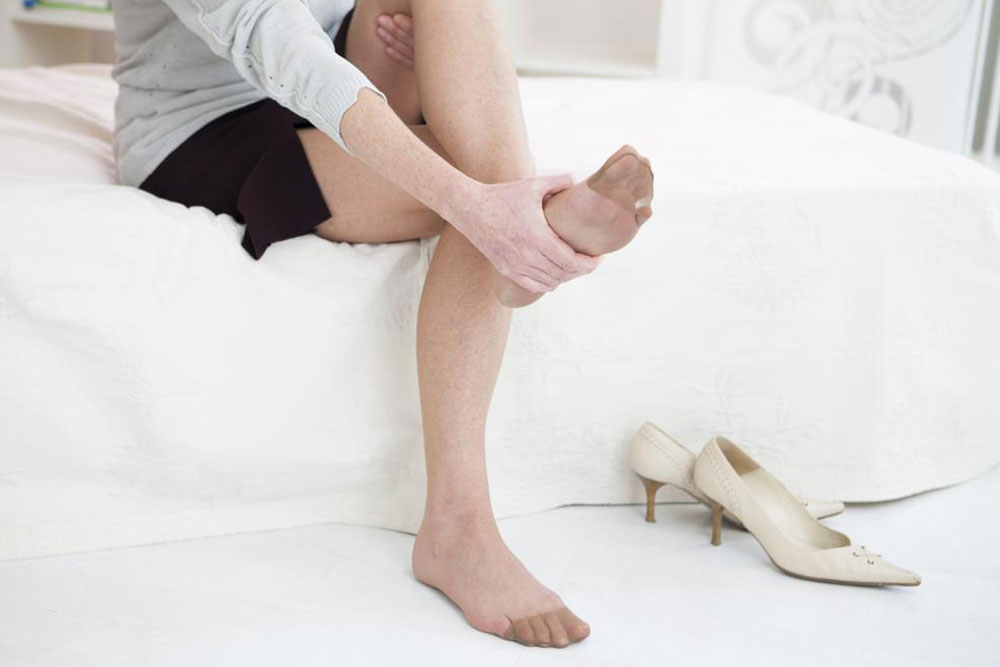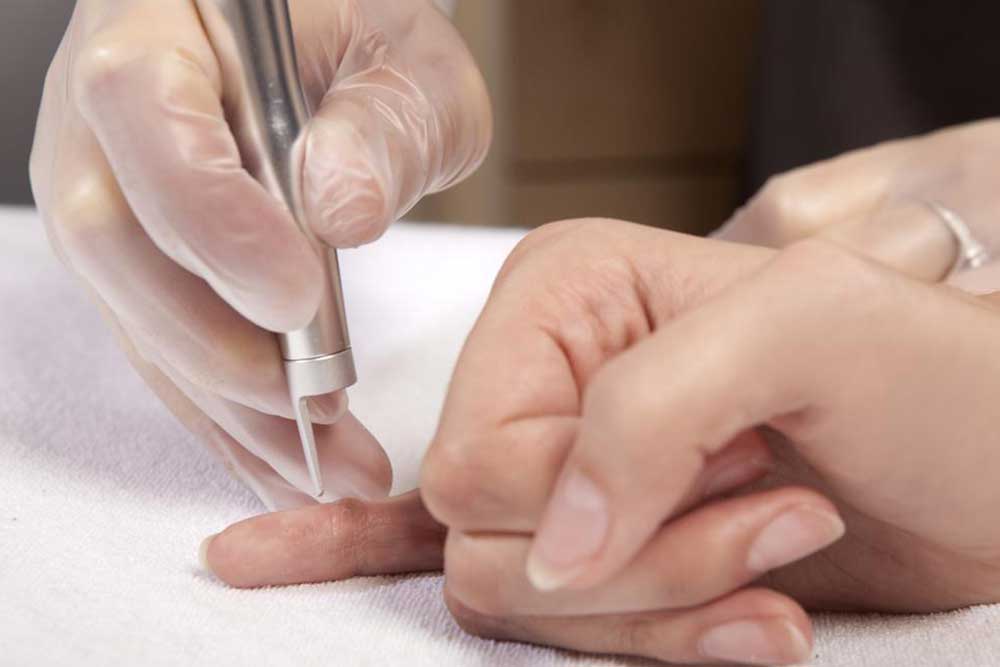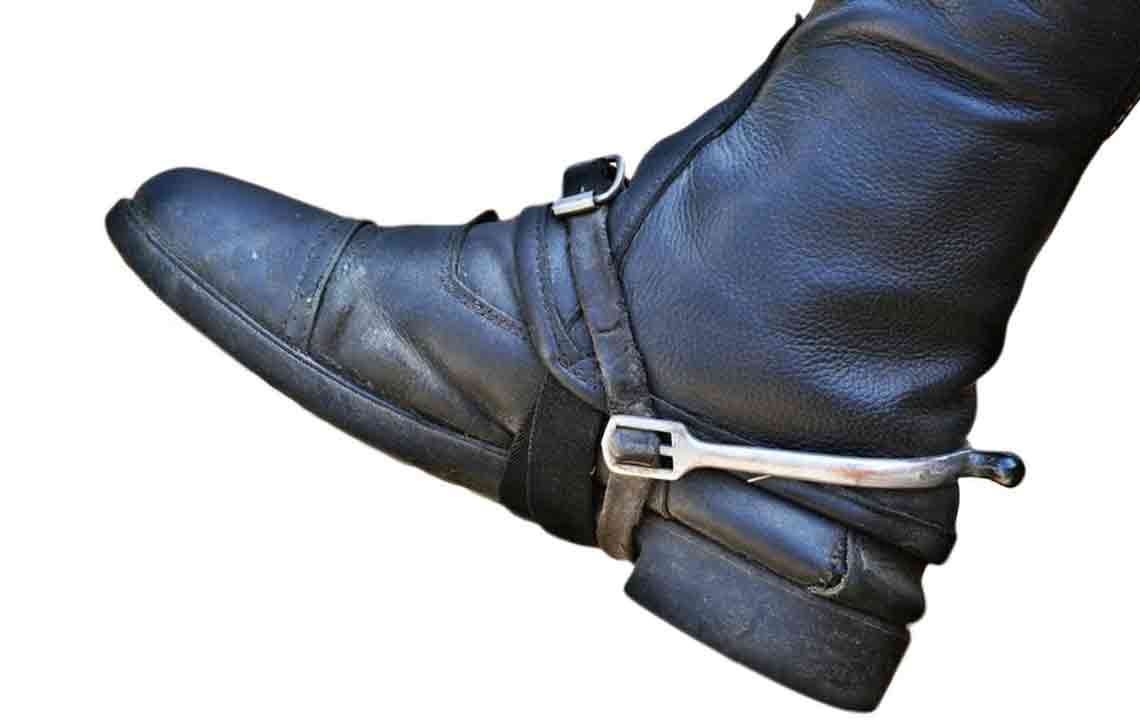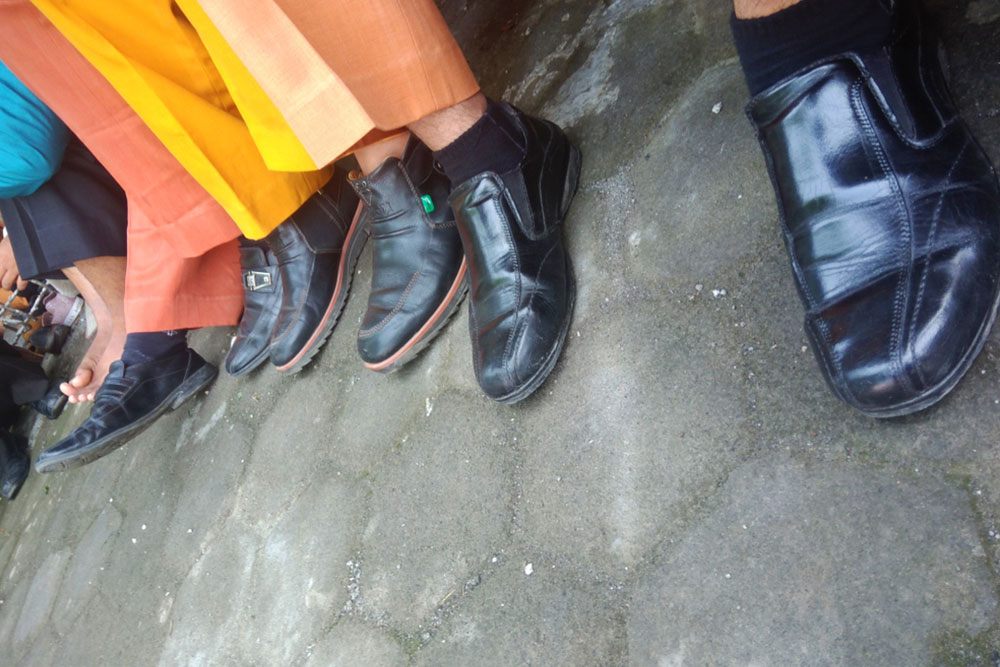Effective Methods for Treating Plantar Warts: A Comprehensive Guide
This comprehensive guide explores proven methods for treating plantar warts, emphasizing professional treatments like cryotherapy and topical solutions. It offers detailed insights into the causes, challenges, and preventive measures to help individuals effectively eliminate warts, reduce recurrence, and maintain foot health. Understanding these therapies can empower patients to seek appropriate care and restore comfort and confidence. Always consult healthcare providers for personalized treatment options to ensure safe and successful removal of plantar warts.
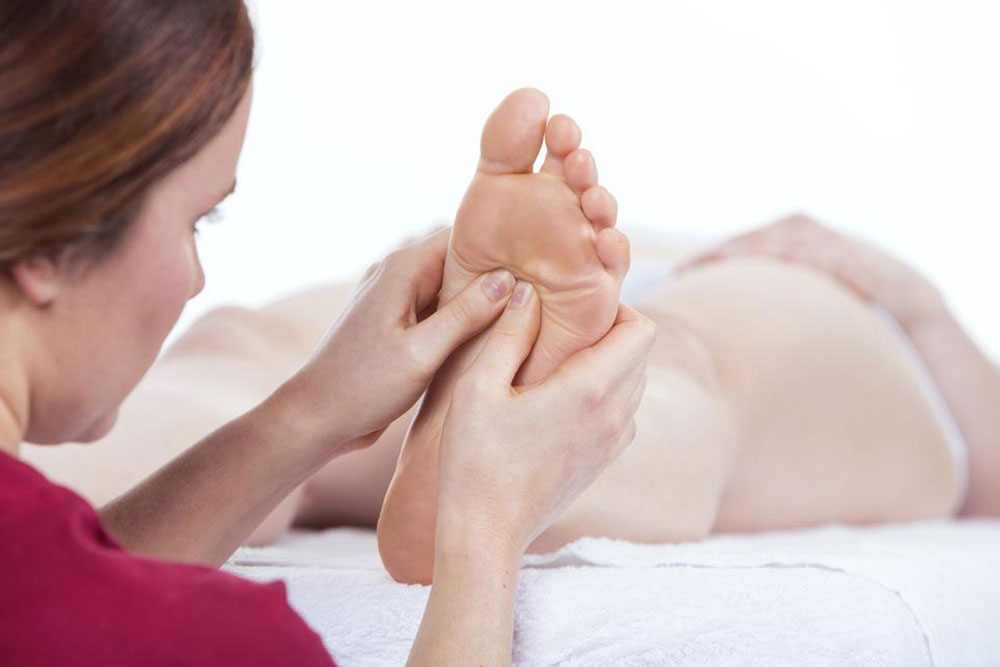
Proven Strategies for Removing Plantar Warts Effectively
Plantar warts, also known as verrucae plantares, are benign skin growths that develop on the soles of the feet due to infection by the human papillomavirus (HPV). Although these warts are generally harmless, they can cause discomfort, pain, and embarrassment, especially when located in high-pressure areas such as the heels or ball of the foot. Many individuals seek effective treatment options to eliminate plantar warts safely and efficiently. Understanding the nature of these growths and the available treatment methods can help manage them better, reduce their spread, and restore comfort. This detailed guide explores some of the most trusted and scientifically supported approaches for treating plantar warts.
While some home remedies may offer mild relief, professional medical treatments remain the most reliable options for removing plantar warts completely. The importance of seeking expert care cannot be overstated, especially for persistent or painful lesions. Proper diagnosis and tailored treatment plans increase the chances of success and minimize the risk of recurrence. Here, we delve into detailed methods, including cryotherapy and topical solutions, to understand their mechanisms, benefits, and considerations.
Understanding Plantar Warts and Their Challenges
Plantar warts develop when the human papillomavirus infects the skin on the soles of the feet, leading to the formation of rough, grainy growths. These warts are typically characterized by thickened skin, black pinpoints (clotted blood vessels), and may cause discomfort during walking or standing. They tend to grow inward due to pressure, making them hard to remove without proper intervention. The contagious nature of HPV means that plantar warts can spread to other areas or to different people via shared footwear or walking surfaces.
Common Challenges in Treating Plantar Warts
Persistent Growths: Some warts resist common over-the-counter treatments, requiring professional intervention.
Spread and Recurrence: Improper removal or ignoring treatment can lead to spreading or regrowth of the wart.
Pain and Discomfort: Warts located under pressure points often cause pain, complicating daily activity.
Effective Medical Treatments for Plantar Warts
Cryotherapy for Plantar Warts
One of the most trusted treatments for plantar warts is cryotherapy, which involves the application of liquid nitrogen to freeze the wart tissue. Performed by trained healthcare providers, cryotherapy effectively destroys infected tissues by creating controlled freezing temperatures. During the procedure, the clinician applies liquid nitrogen directly to the lesion using a cotton swab, spray, or probe, often with prior anesthesia to minimize discomfort. The intense cold causes formation of a blister under the wart, leading to the eventual peeling away of the lesion within approximately one to two weeks. Multiple sessions may be necessary for complete eradication, especially in stubborn cases.
This method is highly effective because it not only destroys wart tissue but also stimulates the immune system to recognize and attack the virus, reducing the likelihood of recurrence. Side effects are usually mild and transient, including redness, swelling, or slight pain. Cryotherapy is widely regarded as safe when performed by trained professionals and remains a gold standard for plantar wart removal.
Topical Salicylic Acid and Its Role in Wart Management
Salicylic acid is another popular treatment, often available over-the-counter. It works by gradually softening, breaking down, and removing the infected keratinized skin layers, thereby eradicating the wart tissue over time. Regular, consistent application as prescribed by a healthcare provider can lead to complete removal within several weeks. Salicylic acid enhances the immune response locally, helping the body to recognize and fight the underlying viral infection.
For optimal results, patients are advised to soak the foot, gently remove dead skin with a pumice stone before applying the medicated solution, and adhere strictly to treatment schedules. Monitoring progress through regular clinic check-ups is essential to assess healing and prevent worsening or spreading.
Additional Treatment Options and Precautions
Laser Therapy: For resistant or recurrent warts, laser removal offers a precise option that destroys the virus-infected tissue with minimal damage to surrounding skin. It is usually performed under local anesthesia.
Minor Surgical Procedures: Techniques such as curettage or excision can physically remove warts that are unresponsive to other treatments, though they may require careful aftercare to prevent scarring or infection.
Preventive Measures: Vaccination against HPV and maintaining good foot hygiene significantly reduce the risk of plantar warts. Wearing protective footwear in public areas like gyms or swimming pools can also prevent infection.
Expert Advice and When to Seek Medical Assistance
If you notice persistent growing, painful, or spreading warts, seeking professional medical advice is recommended. Self-treatment without proper guidance can sometimes worsen the condition or lead to secondary infections. Healthcare providers can offer personalized treatment plans, including cryotherapy, topical medications, or minor surgical options, tailored to the severity and location of the wart. Early intervention not only alleviates discomfort but also minimizes the risk of transmission to others.
Conclusion: Taking Control of Plantar Warts
While plantar warts may seem embarrassing or bothersome, understanding their nature and available treatments makes managing them more straightforward. Combining professional medical treatments such as cryotherapy, salicylic acid treatments, and preventive strategies ensures an effective approach to removal and recurrence prevention. Regular foot hygiene, avoiding walking barefoot in communal spaces, and timely medical consultations can keep your feet healthy and free from plantar warts. Always consult with healthcare professionals for the most suitable treatment plan that fits your individual needs.
